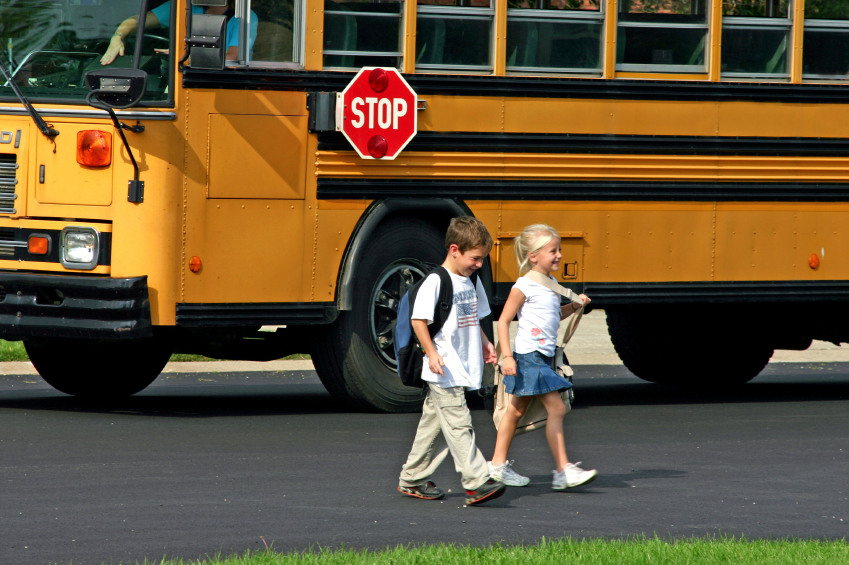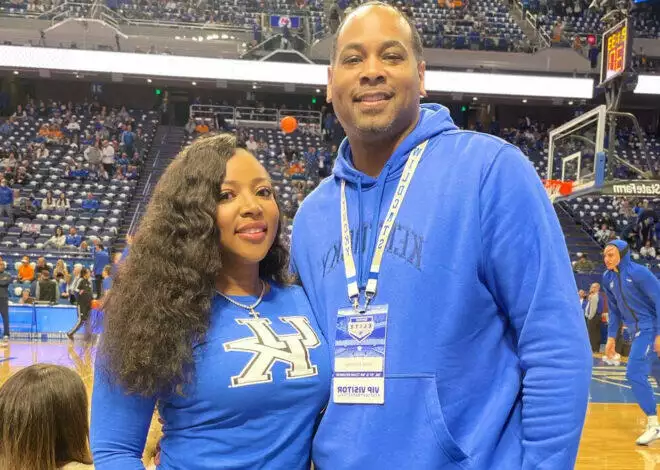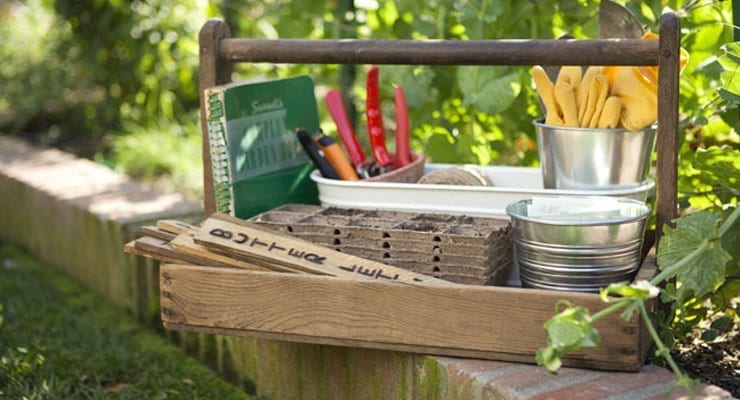TGIS – Thank Goodness It’s (almost) September!
Parents rejoice, children groan. No matter how you feel about the end of summer va-cay, it’s definitely time to start gearing up for the start of a new school year. So, in between shopping for endless supplies (do I really need to buy more glue sticks?!) and the latest must-have fashions, take a few minutes to review some safety tips as we get ready for the next 10 months of school activities, sports & after-school programs, playdates, and everything else in between.
· Is your child starting a new school or daycare?
· Will they be walking to school or waiting at the bus stop?
· Are they going to spend after-school hours in a program or at a friend’s house?
Here are some helpful tips for both younger children and older kids, as well as some good, timely reminders for parents!
FOR YOUNGER CHILDREN:
1. By Kindergarten, kids should know your cell phone number. You can also put an I.D. card into their backpack with pertinent contact information, and let them know exactly where it is in case they need it.
2. Go over exactly who is allowed to pick them up from school… and keep the list short so it’s not confusing. Review every day as part of your drop-off ritual, especially if there are different people picking up on different days. I.E. “Don’t forget Grandma is picking you up today.”
3. Create an “Ultimate Safe Grownup” list of who else is allowed to them up in an emergency. Limit to 3 safe adults… i.e. grandma, Auntie Sue, one or two of their friend’s MOM’s.
4. Tell your children you would NEVER send someone they don’t know to pick them up. If someone else tries, they should immediately go find a teacher or another mom with kids and ask for help.
5. Do not rely on a family password or codeword until your children are at least 8 or 9 years old. Younger children cannot be relied on to remember the password or to ask for it, if someone else tries to pick them up.
6. Be ON TIME/EARLY at pick-up time. Tell your child exactly WHERE your pick up spot is to avoid them wandering. And remind them to NEVER leave the school grounds to go looking for you.
7. Do not put your child’s name on the outside of their belongings. If you must label, use initials or put their name on the inside of the clothing, jackets, backpack, etc.
8. The “Touching Rule”: Let your child know that they are the BOSS OF THEIR BODY and that their private parts are private! Simply put… “no private parts/touching games with other kids or adults.”
9. Potty Rules: By kindergarten, children should be able to use the bathroom by themselves. If they need help, be specific as to whom they can ask… usually it’s just the teacher or teacher’s assistant. Don’t be surprised, however, if your school has strict rules about teachers not being allowed to help in the bathroom. Many schools are now super-cautious about teachers in bathrooms, changing a child’s clothing, etc. Find out exactly what your school’s policy is.
FOR OLDER CHILDREN:
1. There’s no “right” age for when kids can walk or bike to school on their own. Consider the maturity level of your own child. Can they be trusted to cross streets safely? Would they know what to do if a car pulled over and tried to engage them in conversation? Or if an older child tried to bully them?
2. Kids should USE the buddy system. It’s more fun and a lot safer.
3. If your child walks to school on their own, plan out the route ahead of time and practice it with them a few times first. Always stick to the route. No short cuts.
4. Identify some “safe-stops” along the way. A convenience store, business, or friend’s home along the way where they can run to if they need help.
5. NO distractions. Kids shouldn’t walk to school wearing headphones, playing their DS, etc. Teach them the importance of always being aware of their surroundings.
6. Check your state’s Megan’s Law website to see if there are any registered sex offenders living on your route or in the area.
7. Use your “safe-smarts”: No accepting rides, candy, gifts or other items from people they don’t know – NO MATTER WHAT THAT PERSON TELLS THEM.
8. Safe Grownups Don’t Ask Kids For Help – Kids don’t have to “assist” strangers who need directions, help finding a lost pet, or any other kind of assistance.
9. Check First: Never accept a ride or go somewhere (even with someone they know!), without checking in with you or another safe grownup first.
10. Review personal safety concepts with plain, common sense language – not fear tactics. Kids will “tune us out” when they think we are overprotective or harping on this subject. Let them know that you value their sense of independence and just want to be sure they’re clear on the “do’s & don’t’s”.
FOR ALL KIDS:
· Remind your child to trust their instincts: that “uh-oh” feeling. If anyone EVER makes them feel uncomfortable, they need to get away from that person and tell you as soon as possible.
· No secrets from Mom or Dad… especially if it makes you feel “weird” or yucky.
· Kids are allowed to say NO to anyone, even a grownup, a teacher, sports coach, etc. if they’re asked to do something that makes them feel yucky, scared, or uncomfortable. If someone says “Don’t tell…” TELL.
FOR PARENTS:
Remember, the world is still a safe place and most people that our children interact with are not dangerous or waiting to hurt them when we’re not looking. Teach safety skills in an easy-going, non fearful manner – just like you’d teach any other life skills. A little common sense goes a long way.
*Pattie Fitzgerald is a certified child safety educator and the founder of Safely Ever After, Inc. She provides school curriculum, seminars and safety workshops to children and adults throughout the United States. Her “Super 10 Safe-Smarts” have empowered families everywhere, keeping children safe from child predators and preventing childhood sexual abuse. For more information and safety skills, visit: www.safelyeverafter.com





